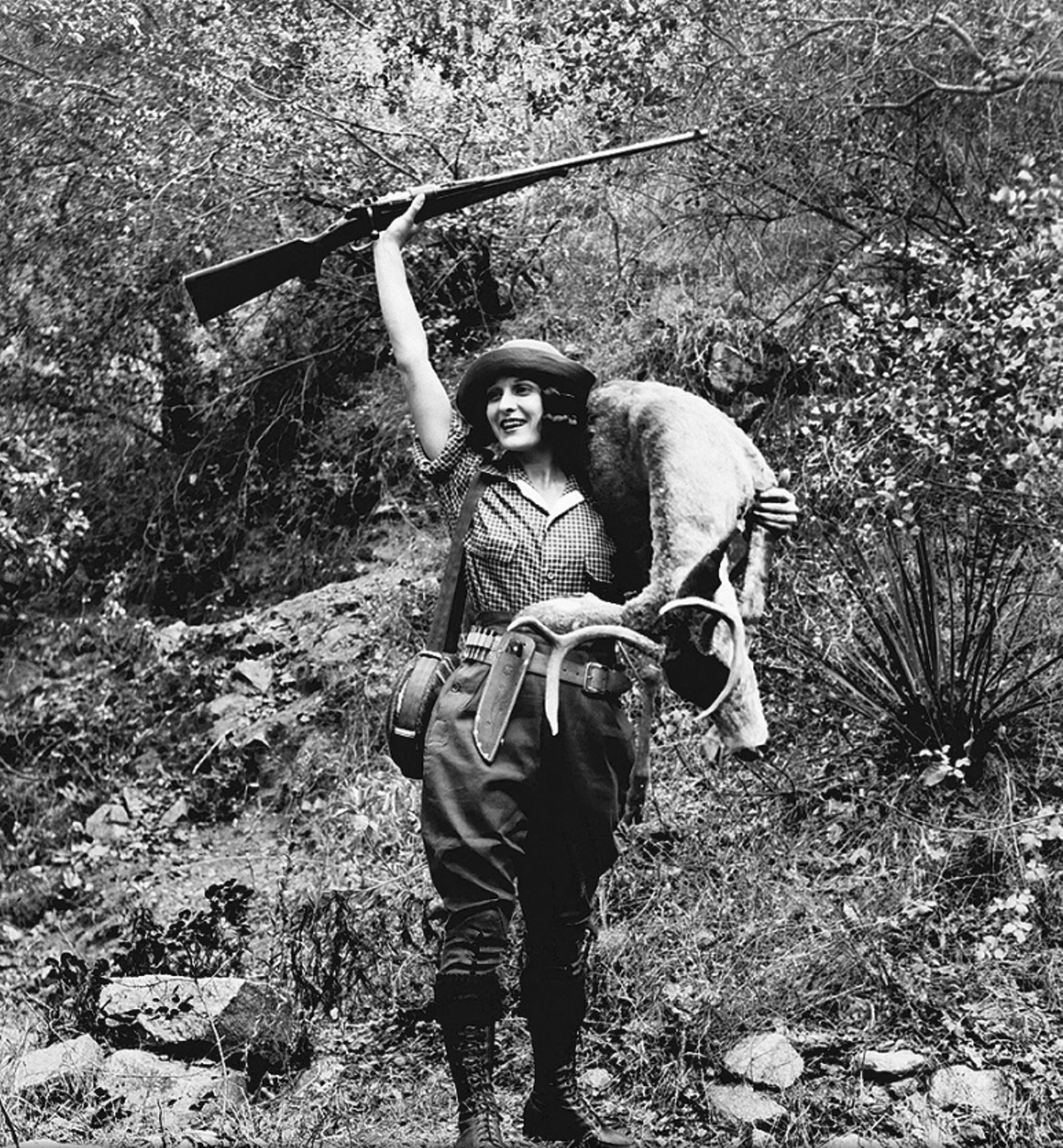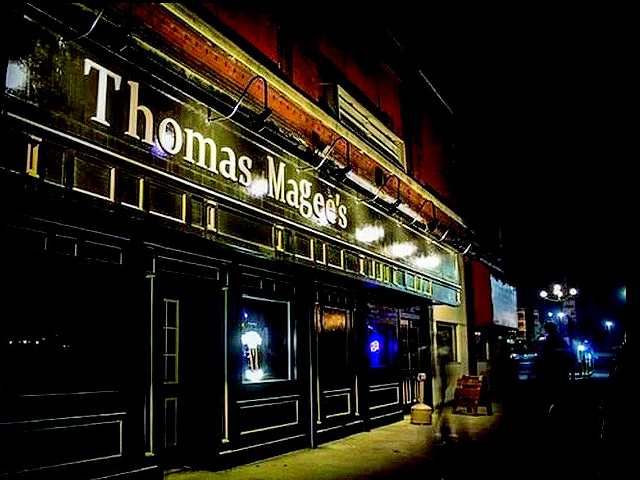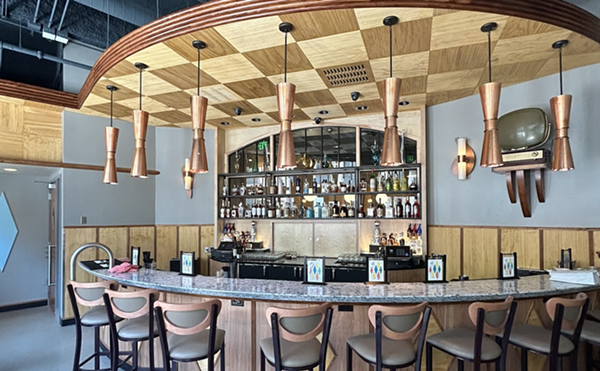You think you got game?
When the foliage turns pretty and the frost hits the pumpkins, many a diner's thoughts turn to meats like venison, wild boar, and quail, and the rich, lusty dishes in which they appear. Perhaps it's the smell of turning leaves, or the chill in the air, or the fact that it's hunting season, but whatever the reason, restaurant chefs have caught onto the seasonal vibe and are packing their menus with "wild game" dishes, because they know you'll bite.
But what you actually get in that bite might not be as wild as you imagine. In the context of a restaurant menu, "wild game" is a loose-fitting term.
Hank Shaw, the James Beard Award-winning author of the blog "Hunter, Angler, Gardener, Cook," has hunted or caught many, if not most every type of edible wild game or fish on the continent and its waters. I asked Shaw what it means when "wild game" appears on a menu.
"It's nice," he replied, "but it's not wild food. Unless the restaurant is breaking the law, all game meats sold in America are ranched and are technically livestock."
It's illegal to sell meat or freshwater fish that was hunted or caught on American soil, Shaw says. The only way one could legally purchase truly wild food at a restaurant, other than wild seafood, would be in a precious few instances where the animal was imported from a place that allows commercial hunting of meat, such as in Scotland, where wild hare is hunted for market, along with game birds like pheasant, grouse, wood pigeon, and red-legged partridge.
Any trout on a menu, fried in a cast-iron skillet or not, was raised in a fish farm, not a free-running stream. And any large mammal species on a menu, like deer, boar, antelope, or bison, technically speaking, will have been farm-raised. But the term "livestock" can apply to some very different circumstances, some of which, arguably, could in fact qualify as wild where it counts.
On a menu, the term "wild game" isn't regulated. It could refer to some African deer species raised in cramped pens, but it could also refer to animals that, while not truly wild, live and die in much the same way that truly wild game does. Hank Shaw held out Broken Arrow Ranch in Texas as an example of a game ranch that produces meat that's about as close to wild as you can get. Broken Arrow consists of more than a million acres of private land in which animals roam freely, fend for themselves, and live like wild beasts. Harvesters cruise the ranch looking for suitable animals, which are taken by rifle and butchered on-site in a mobile processing unit.
Given the fact that, in Texas, all hunting is done on private, fenced land, the animals from Broken Arrow Ranch are not materially different from animals hunted anywhere else in the state, and many other places as well. But one key advantage of eating these ranched game animals is that they were shot by skilled shooters who will usually drop the animal cleanly with one shot, rather than by some half-drunk redneck firing off a reckless shot that hits the animal in the guts, spoiling the meat. Having the animal butchered and refrigerated immediately will make a huge difference in the quality of the meat as well, especially in a warm place like Texas.
The range of possibilities will leave the aspiring wild game consumer with a lot more questions than meat on his plate, especially given the portion sizes of wild game that are typically served. But if the right questions are asked of the server, those with a thirst for wild-ish blood can navigate a menu toward the closest option.
If you determine that the meat is imported, hunted species, such as Scottish game birds, then chew carefully, especially in the smaller animals, because there might be pellets of bird shot in the flesh. Biting down on a metal ball bearing is about the quickest way there is to travel from gastronomic heaven to dental hell.
If it's a non-imported, large game animal like deer, elk, antelope, or boar, and if the restaurant doesn't offer any information about the animal's provenance, then you might as well assume it probably came from a cramped Midwestern pen, and is only wild in terms of its genetics.
But if it's from a high-end place like Broken Arrow, or some other ranch that checks out on your mobile device, the next thing to consider is how the meat is cooked. If it's a steak, loin, chop, or medallion, as the tender cuts are usually labeled, then you're in the upper end of the price range for game meat, and are likely paying upwards of $30 a pound for your little medallion.
Buying game in a form that's processed, like sausage, meanwhile, will be less expensive, but will lack any sign of the animal it was. The meat's flavor will have been covered by spices. The texture will have been ground up. And the meat will likely have been mixed with pork fat, because wild game is so lean.
Your best bet will be a tough cut of meat, like shank, that has been braised or stewed. These tend to have more flavor than the tender cuts, especially if they're cooked on the bone, and they lend their flavors to the vegetables and whatever else they're cooked with. The tough cuts also tend to be cheaper than the tender cuts, so you pay less, or get more — if not both.
Of course, one needn't visit a restaurant in order to enjoy wild game, like meat. It can be purchased. D'Artagnan is another meat broker that Shaw recommends — it's the source of those aforementioned Scottish hunted meats.
In the end, which wild game species you should or shouldn't order comes down to why you're considering it. What are your motivations for pursuing wild game? Is it the health benefits, like being higher in omega-3 fats? Are you intrigued by gamey flavors? If so, most options of wild game species found on a menu will satisfy that. But if you're looking for a deep connection to the wild, you'll have to grill the server before you order that grilled venison loin. Or better yet, grab a gun and go get it yourself.






